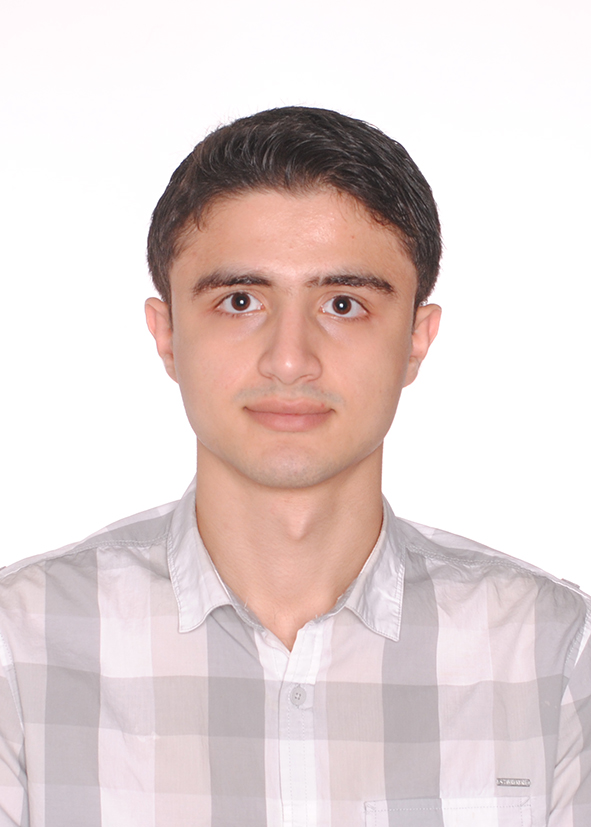 Navid Korhani
Navid Korhani
Navid joined ILead in the summer of 2015 after finishing his first year in Engineering Science at the University of Toronto. His project was on the web development of an online system called the Team-Effectiveness Learning System (TELS) that was previously being used by instructors in team-based courses. He designed and added new features to the system that allowed tracking and processing of the information of the users (students) over time. His work consisted back-end design to add and manage new data models, as well as front-end design to create user-friendly interfaces. With this new feature, Navid hopes that instructors can better understand their students and help improve their team dynamics.
 Grace Kumagai
Grace Kumagai
Grace is entering her second year of Engineering Science at the University of Toronto. Her work focused on creating videos to support students’ team-effectiveness development. The main objective of the videos is to enable students to extract and retain the key messages of organisational, relational and communication competencies. The videos focused on communicating what is required of the student and explaining the tools a student can use to improve their ability to work effectively in a team. By providing students with a personalized teaching/learning experience, Grace hopes to promote the importance of undergraduate engineering education, and help students develop specific teamwork competencies.
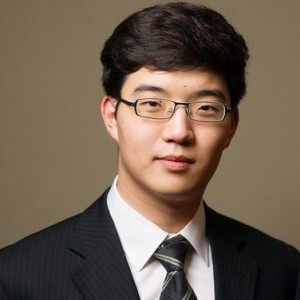 Charles Park
Charles Park
Charles is in his fourth year of Engineering Science (Energy Systems Major) at the University of Toronto. He joined SOCAAR after completing his Professional Experience Year in June 2015. His work applies machine learning algorithms to profile the contribution of air pollutant emissions from various vehicle types over time. Through a proton-transfer-reaction time-of-flight mass spectrometer situated at SOCAAR’s near-road station, Charles acquires high time resolution data for hundreds of air particulate observations every second and analyzes their temporal patterns and underlying structure with unsupervised clustering. The identified clusters would correspond to the mass spectral signature of various classes of vehicles operating in real-world conditions and help ascertain their share of emissions. The results of Charles’ work may assist in the evaluation of local emissions regulations.
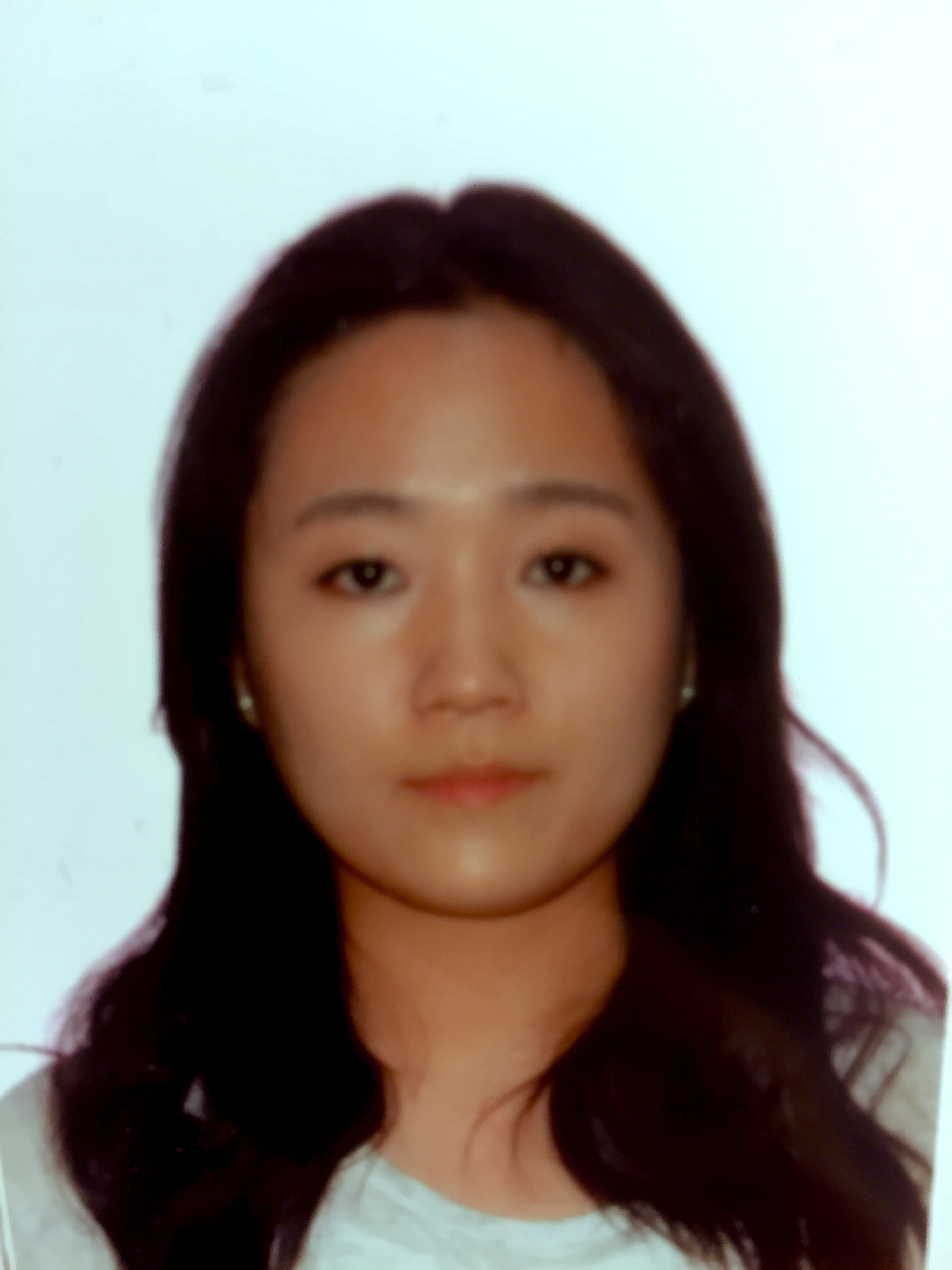 Jasmine Park
Jasmine Park
Jasmine is in her third year of Chemical Engineering at University of Toronto, and joined SOCAAR in summer 2015. Jasmine analyzed the oxidative potential of ambient particles less than 2.5 micrometer (PM2.5) collected from sampling stations located on Hanlan’s point in Toronto Island and Wallberg Building at University of Toronto, along with road dust from downtown Toronto. Her work involved determining the antioxidant depletion of PM2.5 using a synthetic respiratory tract lining fluid containing ascorbate acid, urate acid, and reduced glutathione. Along with a comprehensive metal characterization and the measured oxidative potential of the PM2.5 samples, this work will help better characterize the PM2.5 constituents that contribute to particulate oxidative potential.
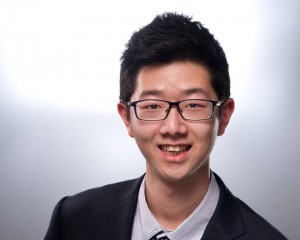 Mingyang Shao
Mingyang Shao
Mingyang joined SOCAAR during summer 2015, after completing his
second year of Engineering Science at University of Toronto. His summer research projects focused on developing portable air quality sensor system. His work primarily involved designing a bicycle mounted display that can indicate the Air Quality Health Index under the daylight by showing different colors. Furthermore, he worked on developing a sensor system that was designed to be mounted on the Environment Canada Automated Mobile Meteorological Observing System (AMMOS) that was driven through local neighborhood to detect the air quality level. It also recorded time for the entire duration of operation; this information can be matched to the GPS data and its own recorded time to infer the air quality data at a particular location.
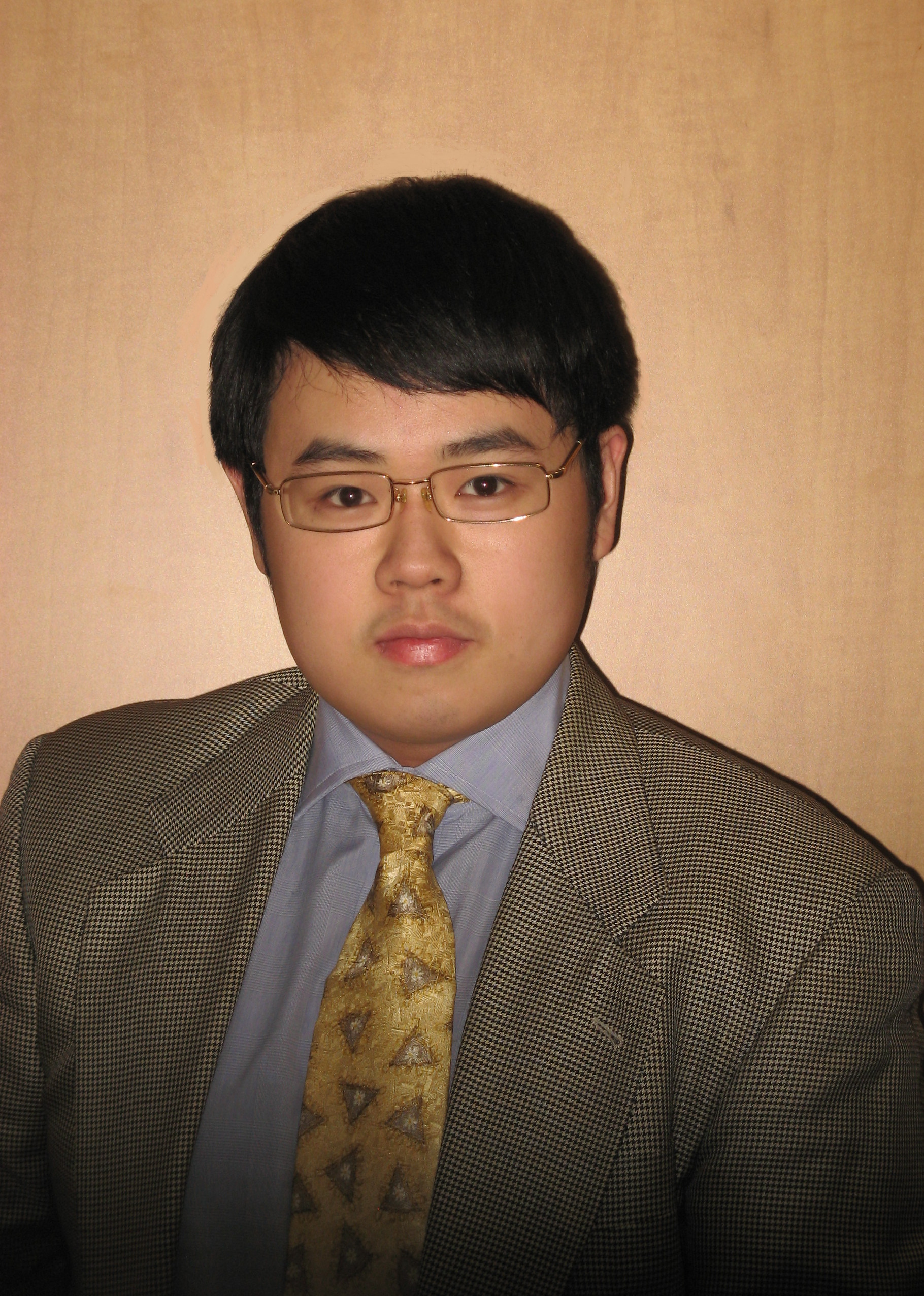 Zhiqing Xu
Zhiqing Xu
Zhiqing joined SOCAAR during summer 2015, after completing his second year of Chemical Engineering. He worked on assessing the air quality in subway stations through measuring UFP, BC and PM2.5 concentrations. He also maintained the NAPS (National Air Pollution Serveillance) sampling at Wallberg rooftop site for Environment Canada. Zhiqing’s summer research project focused on the investigation and characterization of pm2.5 in road dust. His work involved developing a road dust resuspension system (that is used to extract pm2.5 from road dust samples)and analyzing the pm2.5 chemically with XRF. This work will help better understand the road dust pm2.5 constituents and potential health effects caused by the road dust resuspension.
